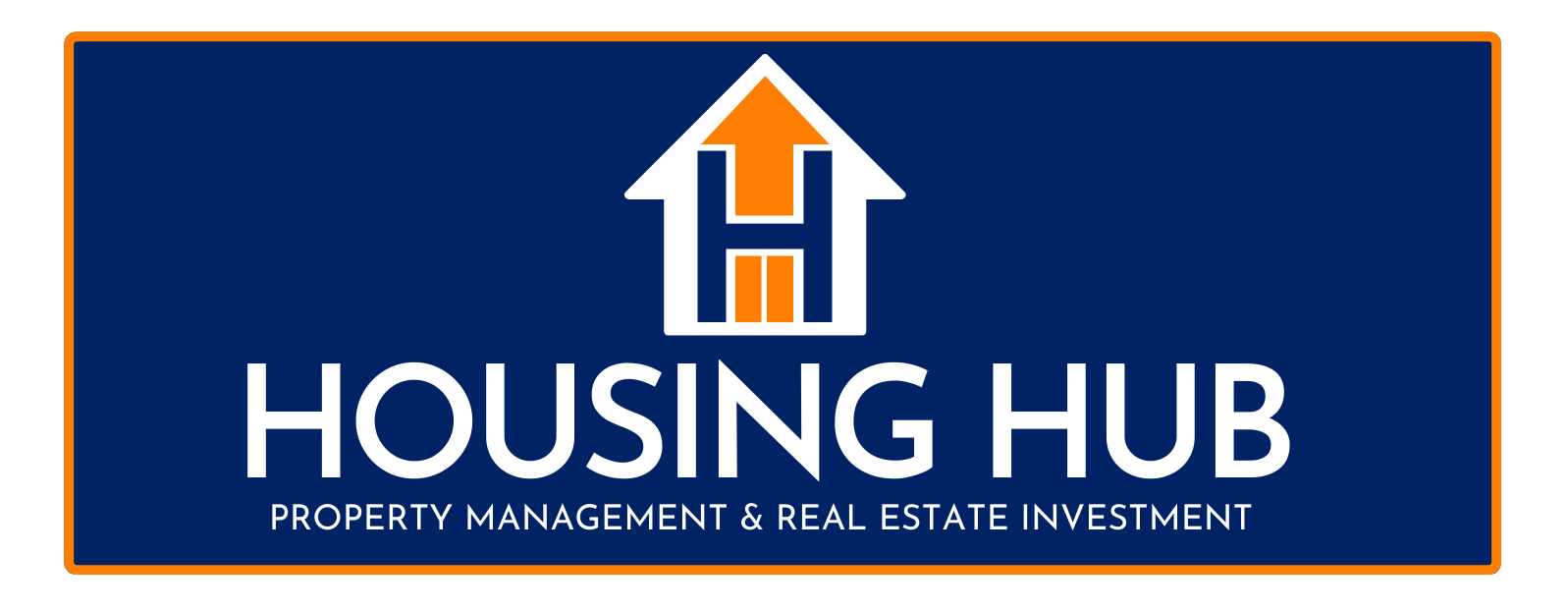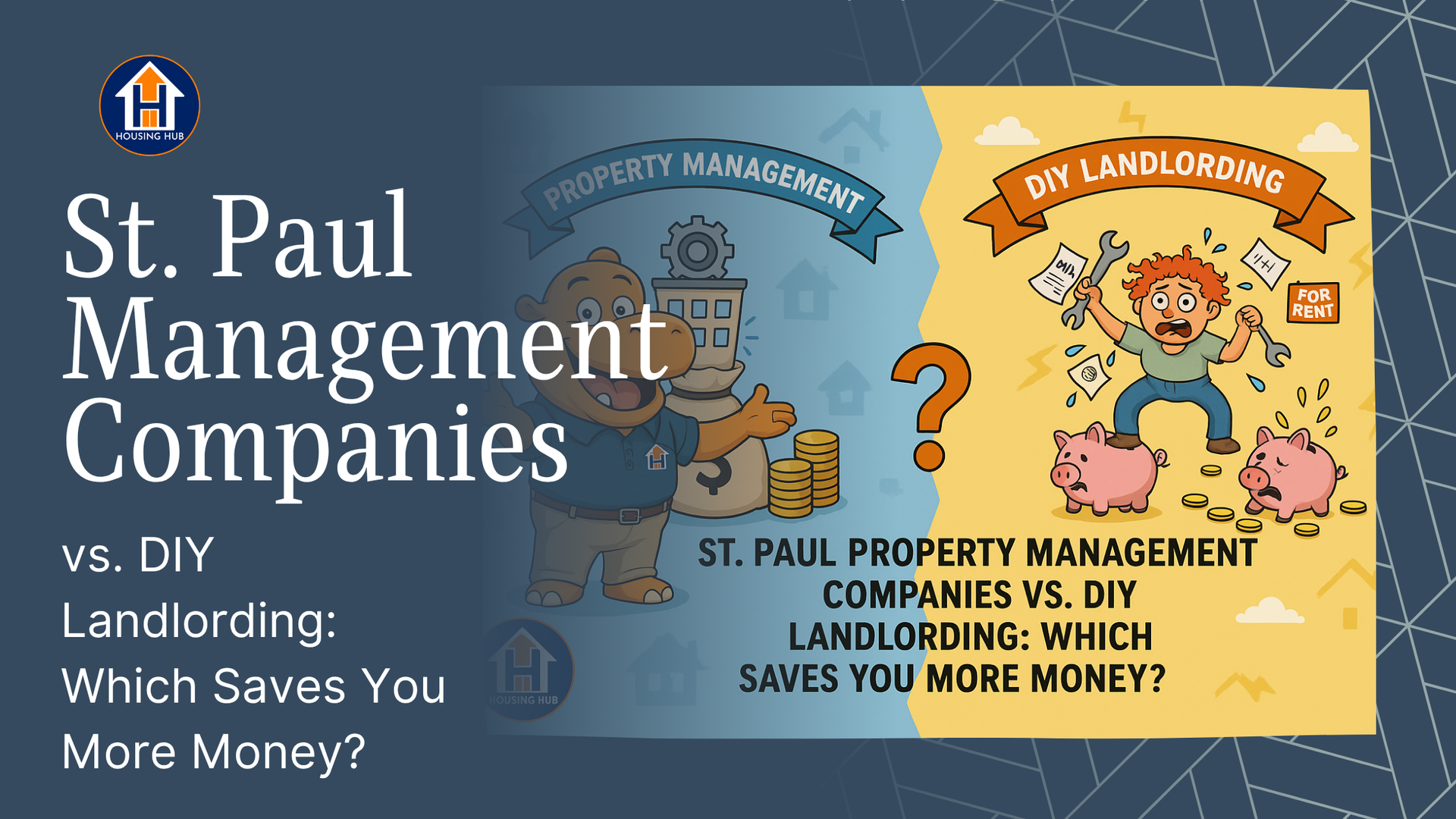Best Neighborhoods for Rental Properties in Minneapolis
Finding the best neighborhood for rental properties in Minneapolis can be exciting and challenging. This city boasts a variety of vibrant areas, each with its unique charm and investment potential. As one of the largest cities in the Midwest, Minneapolis attracts people with its diverse culture and bustling economy, making it a promising location for rental investments.
Whether you're drawn to the vibrant Uptown area or the up-and-coming neighborhoods like Phillips, knowing what each area offers will help you make informed rental property decisions.
Understanding Minneapolis Demographics
Minneapolis is known for its dynamic population, which greatly impacts rental markets in different neighborhoods. The city's diverse demographics include young professionals, families, and students with varying preferences regarding where they live.
Population trends show a growing interest in urban living, especially among younger generations and professionals seeking proximity to work and entertainment hubs. This trend increases demand for rentals in areas with lively social scenes and modern amenities. In contrast, families may gravitate towards neighborhoods offering spacious homes and good schools, impacting the desirability of such areas.
Each neighborhood's demographic makeup affects its character and appeal to potential tenants. For instance, areas with a higher concentration of students might see increased demand for affordable housing and proximity to universities and public transport. Meanwhile, neighborhoods with older residents may need different amenities and services that cater to their lifestyle preferences.
Analyzing these demographic patterns helps property owners understand potential tenants' specific needs and desires. By aligning rentals with the demographic characteristics of each neighborhood, property owners can optimize their strategies and target the right markets. Understanding who lives where and why defines neighborhood desirability and guides successful rental investments.
Key Factors for Choosing Neighborhoods
Choosing the right neighborhood for rental investments involves more than just looking at property prices and potential returns. Several key factors enhance a neighborhood's attractiveness to renters and can significantly affect investment success.
1. Access to Public Transportation and Amenities
Renters prioritize ease of commute and access to essential services. Neighborhoods with well-connected transportation networks like bus and light rail lines score high among tenants looking for convenience. Easy access to grocery stores, parks, dining options, and recreational facilities contributes to a neighborhood's appeal.
2. School Districts and Family-Friendly Features
For renters with families, top-tier school districts can be a significant draw. Neighborhoods near well-rated schools see strong interest from families who prioritize education. Additionally, family-friendly features such as parks, playgrounds, and community centers increase these areas' desirability.
3. Safety and Community Engagement
Safety is a crucial consideration for all renters. Neighborhoods with low crime rates and active community involvement generally attract more interest. Promoting community through events or local organizations adds value to rental properties and can lead to longer tenant retention.
By considering these factors, property owners can identify neighborhoods with growth potential and that align with tenant priorities. This strategic approach ensures investments meet market demands and maintain long-term viability in the Minneapolis rental market.
Top Neighborhoods for Investment
Investing in real estate requires choosing the right neighborhoods, and Minneapolis offers several promising options. Understanding what makes each area unique can guide decisions and yield profitable results. One standout neighborhood is Uptown, renowned for its vibrant lifestyle and attractions. With its eclectic mix of shops, diverse dining scenes, and lively entertainment, Uptown appeals to young professionals and students. The neighborhood's energetic vibe provides ample opportunities for those seeking rental properties in an area with activity.
Next, consider Northeast Minneapolis, a neighborhood that's an arts and culture hub. Known for its art studios, galleries, and creative events, this area attracts artists and culture enthusiasts alike. Its charm lies in its unique blend of industrial history and modern creativity, making it an attractive option for creative professionals looking to live where they work and play.
North Loop is another top choice, boasting modern living alongside historic charm. The area features trendy lofts and restored warehouses, appealing to those who appreciate urban sophistication and style. Its growing dining and shopping options further enhance its appeal, making it a hot spot for both renters and investors.
Exploring these neighborhoods provides insights into the diverse opportunities available in Minneapolis, helping investors align with community needs while maximizing potential returns.
Emerging Areas with Potential
As the city evolves, certain areas in Minneapolis are garnering attention for their economic and cultural potential. Phillips is one such neighborhood characterized by its community-focused spirit and developmental growth. This area is seeing improvements in infrastructure and community services, which promise increased desirability. Its diverse population and commitment to cultural inclusivity make Phillips appealing to those looking to invest in community-centric housing developments.
Another neighborhood with growing potential is Powderhorn. Known for its diversity, Powderhorn offers affordable housing options that attract many residents. The area's rich cultural fabric and active community involvement provide a sense of belonging and vibrancy. Powderhorn presents various opportunities for projects prioritizing affordability while fostering inclusivity, attracting renters who value affordability in urban settings.
Both Phillips and Powderhorn offer a glimpse into the potential in Minneapolis' lesser-known areas. By staying alert to ongoing changes and developments, property owners and investors can seize opportunities in these promising neighborhoods, aligning investments with broader community goals.
Conclusion
Navigating the Minneapolis real estate landscape involves understanding the city's demographics, identifying key neighborhood features, and recognizing growing communities. Property owners and investors can capitalize on the dynamic opportunities in Minneapolis by focusing on top neighborhoods for investment and exploring emerging areas with potential.
Housing Hub is dedicated to guiding you through these opportunities. By staying informed and focusing on strategies tailored to each neighborhood's unique strengths, we can help your investments thrive in this vibrant city. Connect with Housing Hub to explore how we can assist you in making informed decisions and seizing the best rentals in Minneapolis real estate.






